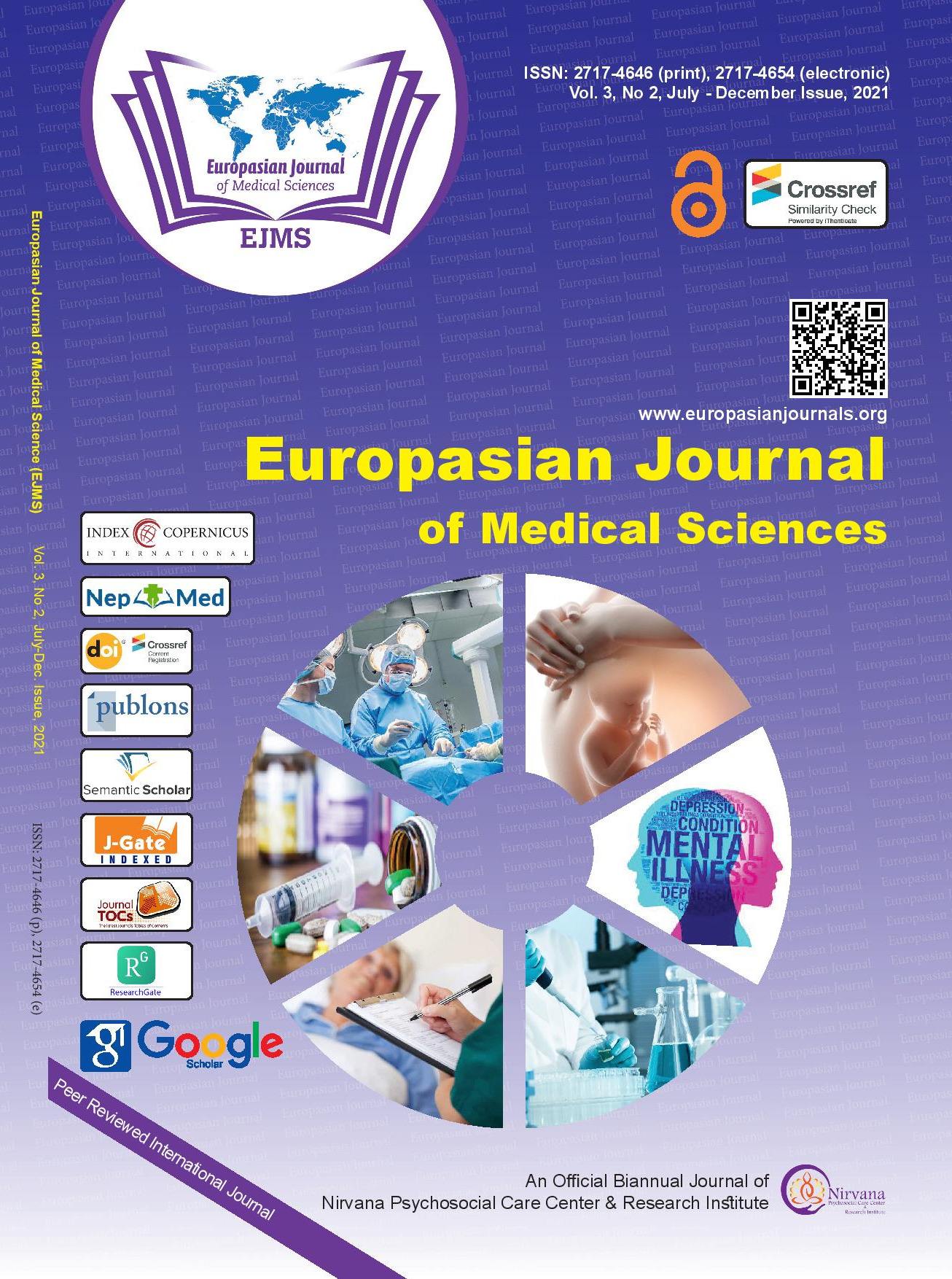The Interdisciplinary Research Team not the Interdisciplinarist
Abstract
Worldwide there is a growing interest in multidisciplinary and interdisciplinary research. This overview paper addresses some of the pitfalls and barriers to being an interdisciplinary researcher. Being involved in interdisciplinary research is not an easy option for an individual discipline expert. It requires individual skills, ability to see beyond one’s discipline and perhaps personality characteristics such as a great team player. Interdisciplinary research may involve a mixed-methods approach underpinned by conflicting, and according to some incommensurable, research philosophies. The paper uses some examples from our own experiences of working in interdisciplinary teams to illustrate its potential.
References
van Teijlingen E. RAE pulls academics away from applied multidisciplinary health promotion research. International Journal of Health Promotion and Education 2008;46(3):116-16. https://doi.org/10.1080/14635240.2008.0708141.
Tress G, Tress B, Fry G. Clarifying integrative research concepts in landscape ecology. Landscape Ecology 2005;20(4):479-93. https://doi.org/10.1007/s10980-004-3290-4.
Green J, Thorogood N. Qualitative methods for health research. 4 ed. London: Sage Publication 2018.
Aagaard‐Hansen J, Henry Ouma J. Managing interdisciplinary health research–theoretical and practical aspects. The International Journal of Health Planning and Management 2002;17(3):195-212. https://doi.org/10.1002/hpm.671.
van Teijlingen ER, Regmi PR, Adhikary P, et al. Interdisciplinary research in public health: Not quite straightforward. Health Prospect: Journal of Public Health 2019;18(1):4-7. https://doi.org/10.3126/hprospect.v18i1.19337.
Chafer T. A disciplinary perspective on interdisciplinary research: Area studies, REF website (accessed February 2021) https://www.ref.ac.uk/about/blogs/a-disciplinary-perspective-on-interdisciplinary-research-area-studies/ 2019
UN. The sustainable development goals report 2019. 2019 ed. New York: United Nations, 2019.
Wasti SP, van Teijlingen E, Simkhada P. Public health is truly interdisciplinary. Journal of Manmohan Memorial Institute of Health Sciences 2020;6(1):21-22. doi: 10.3126/jmmihs.v6i1.30544.
Follmer KB, Sabat IE, Siuta RL. Disclosure of stigmatized identities at work: An interdisciplinary review and agenda for future research. Journal of Organizational Behavior 2020;41(2):169-84. https://doi.org/10.1002/job.2402.
Robinson A. A polymath’s dilemma. Nature 2005;438(7066):291-91. https://doi.org/10.1038/438291a. doi: doi:10.1038/438291a
Cheas K. Interdisciplinarity should not lead to superficiality (accessed February 2021) https://blogs.helsinki.fi/cheas/2013/10/14/interdisciplinarity-should-not-equal-to-superficiality/. 2013
Aboelela SW, Larson E, Bakken S, et al. Defining interdisciplinary research: Conclusions from a critical review of the literature. Health Services Research 2007;42(1p1):329-46. doi: 10.1111/j.475-6773.2006.00621.x.
McCallin AM. Interdisciplinary researching: Exploring the opportunities and risks of working together. Nursing & Health Sciences 2006;8(2):88-94. doi: 10.1111/j.442-2018.06.00257.x.
Carayol N, Thi TUN. Why do academic scientists engage in interdisciplinary research? Research evaluation 2005;14(1):70-79. https://doi.org/10.3152/147154405781776355.
MacKenzie Bryers H, van Teijlingen E, Pitchforth E. Advocating mixed-methods approaches in health research. Nepal Journal of Epidemiology 2014;4(5):417-22.
Teddlie C, Tashakkori A. Handbook of mixed methods in social & behavioral research. London: Sage Publication 2003.
Maton KI, Perkins DD, Saegert S. Community psychology at the crossroads: Prospects for interdisciplinary research. American Journal of Community Psychology 2006;38(1-2):9-21. doi:10.1007/s10464-006-9062-3.
Schwartz SJ, Walsh SD, Ward C, et al. The role of psychologists in international migration research: complementing other expertise and an interdisciplinary way forward. Migration Studies 2020:mnz054. https://doi.org/10.1093/migration/mnz054.
Repko A. Interdisciplinary research: Theory and methods: Thousand Oaks, CA: Sage, 2008.
Newell WH. Decision making in interdisciplinary studies. In: Morcol G, ed. Handbook of decision-making. New York: Marcel Dekker 2007:245-65.
Davis Harte J, Leap N, Fenwick J, et al. Methodological insights from a study using video-ethnography to conduct interdisciplinary research in the study of birth unit design. International Journal of Multiple Research Approaches 2014;8(1):36-48. doi: 10.5172/mra.2014.8.1.36
Copyright (c) 2021 Authors

This work is licensed under a Creative Commons Attribution 4.0 International License.
The author(s) retain the ownership of the copyrights for their work published in EJMS without any restrictions. Upon submission, the author(s) grants EJMS a license to publish, including to display, store, copy, and reuse the published content.
License to Publish
By submitting a manuscript to EJMS, the author(s) grant the journal a non-exclusive license to:
- Publish and distribute the content in all formats, media, and platforms (both existing and future), while identifying EJMS as the original publisher.
- Reproduce, display, and store the content in both print and online formats, including institutional and digital repositories.
- Translate, adapt, and summarize the work, including reprints, extracts, and abstracts.
- Develop derivative works based on the original content.
- Include the work in electronic databases and provide links to third-party materials.
Creative Commons Licensing
In addition to EJMS’s publishing rights, authors grant third parties the right to use, share, and distribute their work under the Creative Commons Attribution 4.0 (CC BY 4.0) International License. This allows unrestricted use of the content, provided proper attribution is given to the original author(s) and the journal.



